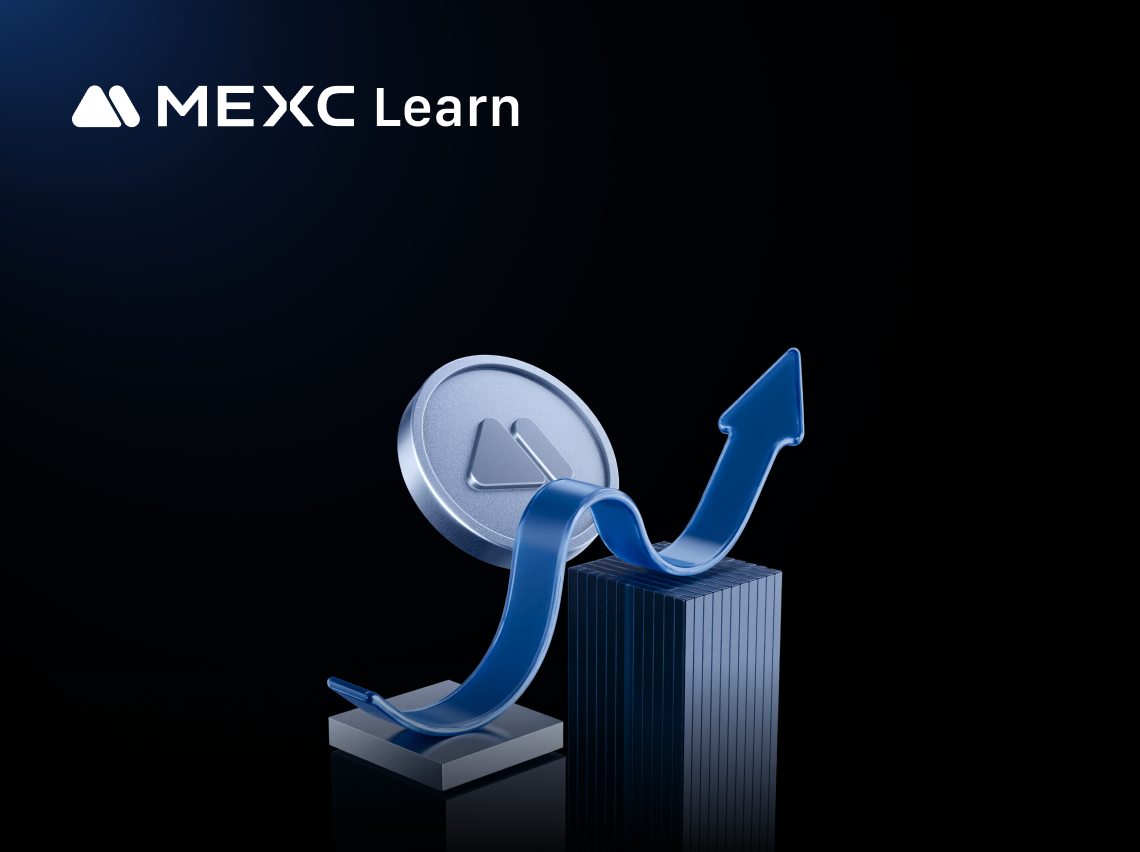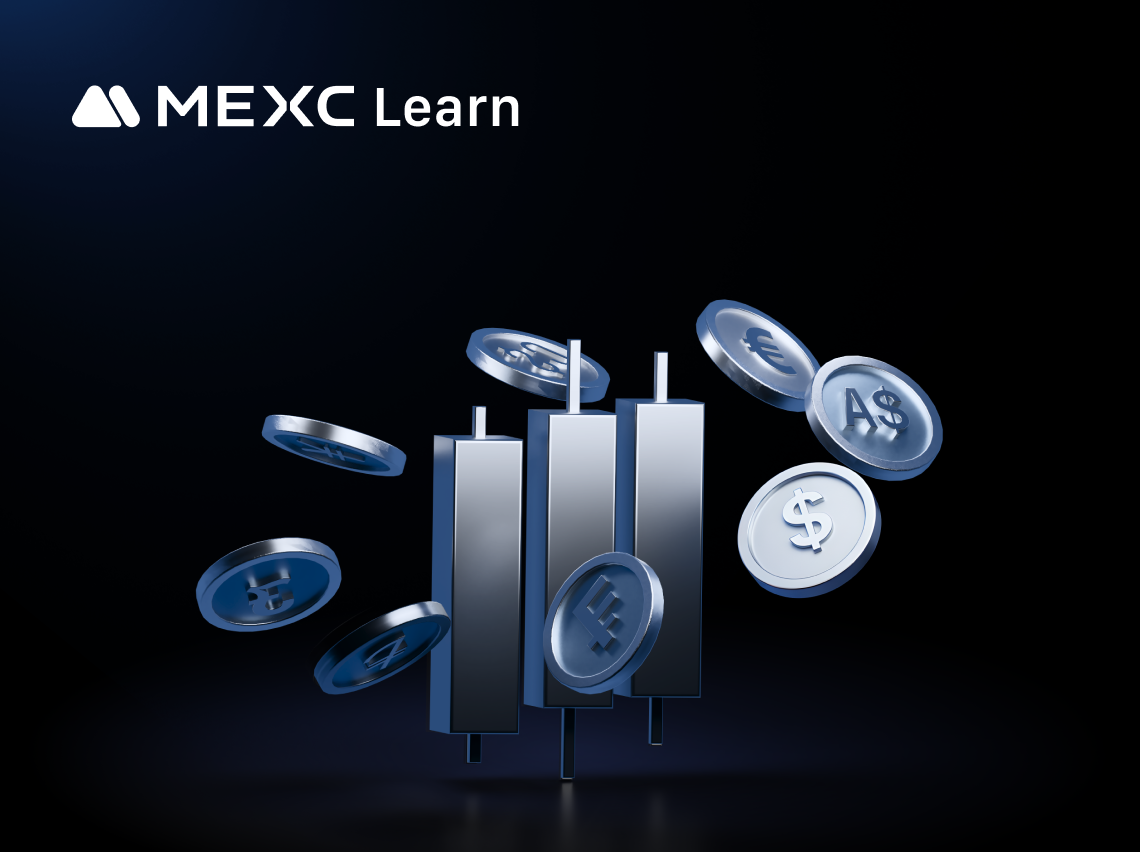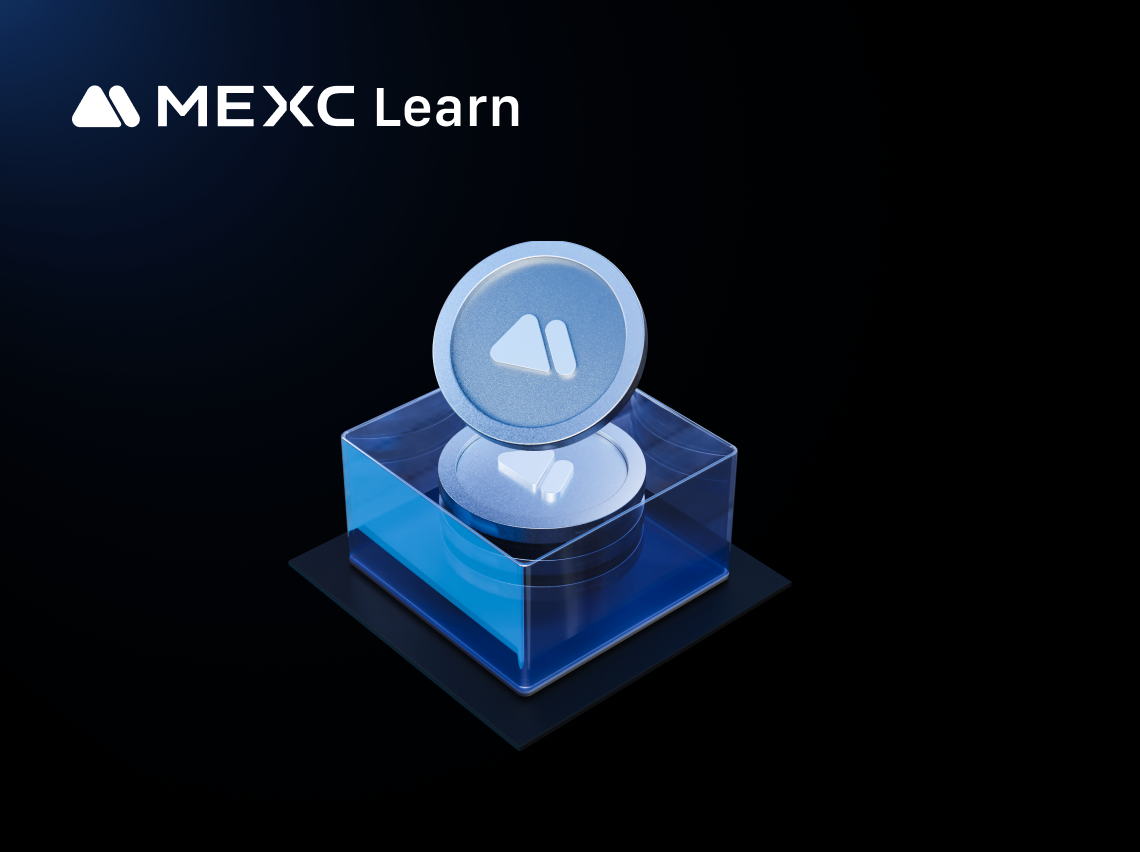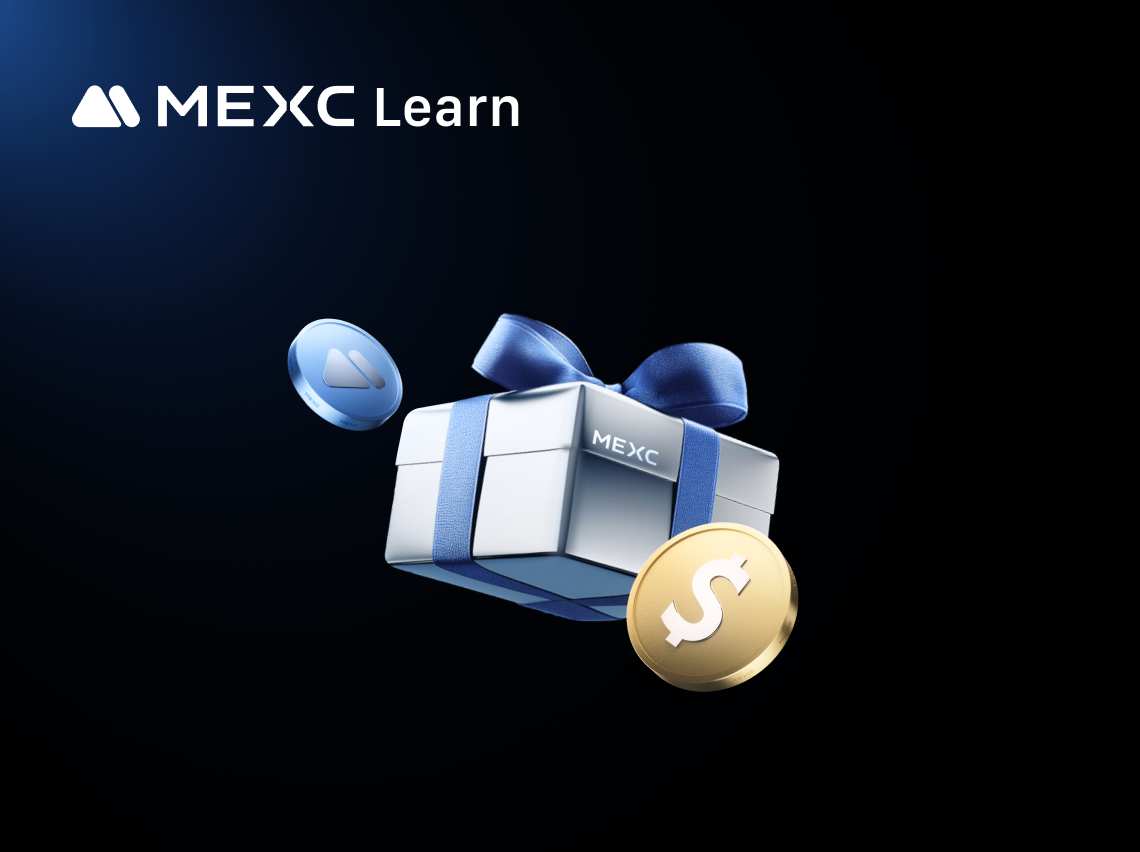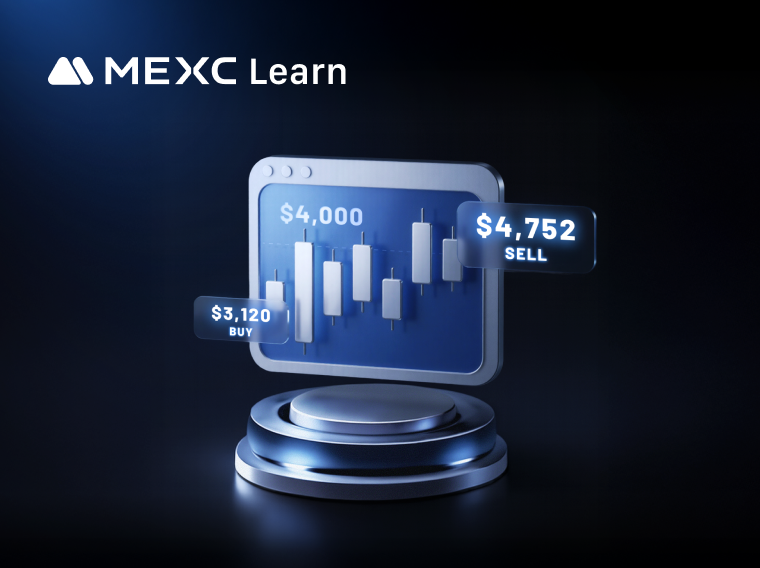Airdrops and points-based reward systems have become key tools for project teams to attract users and distribute tokens amid the rapid growth of the crypto market. Some users, aiming to secure early profits, choose to sell their airdropped tokens or points before the official listing. Meanwhile, investors who are optimistic about a project’s future may seek to buy in early at lower prices. This supply-demand dynamic has given rise to the emergence of the pre-market trading market.
Pre-market trading refers to the mechanism by which investors buy or sell tokens or points on designated platforms before the token generation event (TGE) or official listing. Initially developed through informal over-the-counter (OTC) channels, this market has evolved into a mature and structured ecosystem driven by centralized and decentralized exchanges (CEXs and DEXs). In a highly competitive landscape, pre-market trading not only offers investors early price discovery and entry opportunities, but also helps new projects generate market momentum prior to launch. However, traditional OTC trading carries significant trust-related risks. To address this, MEXC has introduced an innovative pre-market trading service, underpinned by its "Three Pillars of Security": a robust collateral mechanism, centralized custody and settlement, and a clearly defined default compensation process. This framework creates a secure and efficient trading environment with minimized risk for participants.
This article explores the advantages, risks, and security safeguards of MEXC’s pre-market trading model, while also offering practical investment strategies to help investors seize early opportunities while effectively managing risk.
MEXC offers three core advantages to help investors identify early opportunities in the pre-market trading market:
1) Early Value Capture or Profit Realization
Pre-market trading creates value for both buyers and sellers. Buyers can acquire promising tokens at lower prices before public listing. For example, token BABY was traded at 0.0735 USDT during the pre-market phase and surged to a peak of 0.30 USDT post-listing, a gain of over 300%, offering substantial profits to early investors. For sellers, pre-market trading provides a risk-hedging mechanism, allowing them to realize profits in advance and avoid potential price volatility after listing. This is particularly useful when selling tokens with limited upside potential.
2) Enhanced Liquidity and Global Connectivity
MEXC’s pre-market trading platform eliminates the geographical limitations of traditional P2P markets by creating a global liquidity network for buyers and sellers. This globalized environment improves order-matching efficiency and offers users a broader market perspective, enabling more accurate valuation of tokens or points. The platform’s optimized liquidity design supports a wide range of trading strategies, accommodating both small-scale testing and large-volume positions.
3) Price Discovery and Market Insight
MEXC Pre-Market trading adopts a free-market pricing mechanism, allowing users to set prices based on live market dynamics. The platform provides real-time order books, price trends, and depth charts to deliver key market insights. By analyzing buy/sell ratios, price concentration zones, and volume shifts, investors can capture signals on market sentiment and craft more precise strategies. For instance, a high volume of buy orders relative to sell orders may signal bullish sentiment, while large sell orders concentrated at low prices may indicate downward pressure post-listing. This data-driven decision-making helps investors adopt more forward-looking trading approaches.
While pre-market trading offers compelling opportunities, investors should be aware of the inherent risks:
1) Settlement Risk: Trust Issues
The primary risk in traditional OTC trading is settlement failure—such as one party transferring funds without receiving tokens, or vice versa. This trust gap exposes both parties to potential financial or asset loss.
2) Price Volatility Risk
Pre-market prices may significantly diverge from post-listing market prices. After launch, tokens may experience sharp volatility due to market sentiment shifts, changes in supply and demand, or unforeseen regulatory factors—potentially resulting in losses.
3) Liquidity Risk
Although centralized exchanges improve liquidity, trading volume during the pre-market phase remains lower than during active market hours. This means some orders may not be executed due to a lack of counterparties, increasing uncertainty around trade execution.
To mitigate the risks outlined above, MEXC has designed a Three Pillars of Security that safeguards the entire trading process—from trust assurance to settlement protection—ensuring transparency, fairness, and safety throughout. These mechanisms effectively address trust issues often seen in traditional OTC trading, providing users with a reliable and efficient trading experience.
MEXC requires both buyers and sellers to post sufficient collateral as a guarantee of order fulfillment. The collateral is held in the Spot account and monitored in real time by the platform to maintain transaction transparency. This economic constraint significantly reduces default risk. The rules are as follows:
Buyer Rules: At the time of order placement, the buyer must lock an amount of collateral equal to the order value, along with applicable fees. Upon successful settlement, the collateral is deducted to complete payment. If the settlement fails, the full collateral amount is transferred to the seller as compensation.
Example: A buyer places an order to purchase 10,000 BERA tokens at 0.1 USDT each, totaling 1,000 USDT. The buyer must lock 1,000 USDT as collateral. If the trade settles successfully, the 1,000 USDT is deducted, and the buyer receives 10,000 BERA tokens.
Seller Rules: When placing an order, the seller must lock collateral equal to the order value multiplied by the collateral ratio (typically 100%) along with any applicable fees (currently 0). The seller must also ensure that their Spot account contains sufficient tokens for delivery. Upon successful settlement, the tokens are transferred to the buyer, and the buyer’s payment is credited to the seller. If the trade fails, the seller’s entire collateral is transferred to the buyer as compensation.
Example: A seller lists 10,000 BERA tokens at 0.1 USDT each, requiring a 1,000 USDT collateral (based on a 100% ratio). If the trade is successful, the seller’s 10,000 BERA tokens are deducted, and the seller receives 1,000 USDT.
Please Note: Only tokens actually held in the Spot account are eligible for settlement. Simply placing a pre-market order does not fulfill settlement requirements. Additionally, buy and sell orders placed by the same user cannot offset each other’s risk. For instance, a user placing both buy and sell orders during the pre-market phase cannot use one to hedge against the other.
As a neutral third party, MEXC provides centralized custodial settlement services that significantly reduce the traditional OTC risks of risks of payment without delivery or delivery without payment. Key measures include:
Asset Custody: Once a trade is matched, both the buyer’s funds and the seller’s tokens are locked by the platform, ensuring full transparency throughout the transaction process.
Scheduled Settlement: Settlement is only executed at designated times, with the platform ensuring simultaneous transfer of funds and tokens.
Volatility Protection: Even in highly volatile market conditions, the guaranteed settlement system executes as agreed, maintaining transaction stability.
Example: A buyer places an order to purchase 10,000 BERA tokens at 0.1 USDT, locking 1,000 USDT as collateral. A seller lists 10,000 BERA at the same price, also locking 1,000 USDT (based on a 100% collateral ratio). Before settlement, MEXC holds the total 2,000 USDT and 10,000 BERA in custody, ensuring both parties are fully protected from default risk. This mechanism provides a secure and trustworthy trading environment.
MEXC has implemented a transparent default compensation system that clearly outlines the consequences of non-fulfillment:
Seller Default: The seller’s full collateral is forfeited and paid to the buyer. Currently, MEXC does not charge a liquidation fee, ensuring the buyer receives full compensation.
Buyer Default: The buyer’s full collateral is forfeited and paid to the seller.
Additional Penalties: Defaulting users may face account freezes or a downgrade in credit rating, further reinforcing accountability and trust in trading.
Example: If the seller fails to deliver 10,000 BERA, their 1,000 USDT collateral is fully transferred to the buyer, resulting in no loss for the buyer. Conversely, if the buyer fails to complete the purchase at the settlement time, their 1,000 USDT collateral is fully transferred to the seller, protecting the seller from loss. This clear and enforceable compensation structure gives users confidence and encourages active participation in pre-market trading.
Through this Security Triangle, MEXC has built an efficient, transparent, and low-risk pre-market trading ecosystem. With strong protections in place, both buyers and sellers can focus on market opportunities without concern for trust issues or fraud.
As a high-risk, high-reward trading tool, pre-market trading requires participants to possess professional knowledge, a strong risk tolerance, and well-developed trading strategies.
MEXC’s pre-market trading feature is primarily designed for the following types of professional investors:
Experienced Traders with Research and Valuation Capabilities: Those capable of independently analyzing project fundamentals and tokenomics, remaining unaffected by short-term market sentiment, and forming rational valuations to guide their trading decisions.
Investors with High Risk Tolerance: Those who fully understand the risks of potential capital loss and have allocated funds accordingly. Investments in pre-market trading usually represent only a small portion of their overall portfolio.
Early Participants Holding OTC Shares Seeking Risk Management: Includes early-stage investors, core contributors, or airdrop recipients whose primary goal is to lock in profits early and hedge against future market uncertainty.
Unsuitable Profiles:
New users lacking basic knowledge of crypto assets and project analysis
Copy traders who rely heavily on others’ information and lack independent judgment
Highly speculative users seeking short-term windfalls or driven by gambling mentality
Qualified participants should adhere to the following principles to effectively manage risk:
Principle 1: Strict Position Management: Treat pre-market trading as the high-risk portion of your portfolio. Funds allocated to this type of trading should be limited to what you can afford to lose. It’s recommended to allocate no more than 1%–5% of your total investment portfolio to such trades to mitigate the impact of adverse market moves.
Principle 2: Make Decisions Based on Fundamental Research: Every trade should be supported by comprehensive and objective analysis of the project’s fundamentals and market outlook.
Principle 3: Understand and Weigh Opportunity Costs:
For Buyers: One key risk is seller default. Even if compensation is received, buyers may miss out on substantial gains if the token rallies significantly after listing.
For Sellers: The potential loss of collateral from default may be far less than the profit they could have earned by fulfilling the trade and selling at a market high post-listing.
MEXC’s pre-market trading feature offers a dedicated channel for price discovery and position management prior to the official listing of new tokens. While it provides investors with early access to potential market opportunities, it also carries significant risks—including high price volatility, limited liquidity, and potential counterparty default.
To address these challenges, MEXC has implemented a core risk management framework designed to reduce non-systemic risks throughout the trading process. This framework consists of three key components:
1) A mandatory collateral system to ensure trade fulfillment
2) Centralized custodial settlement executed by the platform as a neutral third party to prevent OTC fraud
3) Clear default compensation rules to provide reliable financial recourse for the non-defaulting party.
In summary, MEXC’s pre-market trading is a high-risk financial tool designed for professional investors. While it offers a structured trading environment with robust risk controls, it does not eliminate the inherent risks of the market itself. All participants are strongly advised to fully understand the relevant rules, assess their personal risk tolerance, and conduct independent, thorough research before making any investment decisions.
Disclaimer: The information provided in this material does not constitute advice on investment, taxation, legal, financial, accounting, or any other related services, nor does it serve as a recommendation to purchase, sell, or hold any assets. MEXC Learn offers this information for reference purposes only and does not provide investment advice. Please ensure you fully understand the risks involved and exercise caution when investing. MEXC is not responsible for users' investment decisions.





